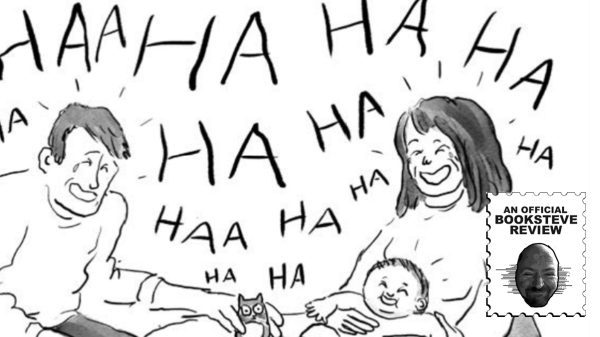

What follows is an anecdote about how stubborn musicians continue to be about technology.
For my graduate school marketing class I worked with an independent recording artists to develop a strategic marketing plan for them.
Without naming names, the artists is in their early 30s, was on a label for the first four years of their career, then left it so that they could produce their own albums in order to gain more artistic and financial control over their music. The person is fairly successful – they’ve had a lot of their music placed in TV shows and movies, so you’ve probably heard some of their songs.
This singer has a really good product – their music – but the problem is now that they are off a label marketing new albums is a lot more difficult. They don’t have the money to run print ads or the influence to get their songs frequently played on the radio. So I developed a strategy that could be implemented for very little money.
My big idea was to use social media as a tool to turn the artist’s super fans into their front line marketers.
 |
| “No punk kid tells Donny and Marie how to roll”*
*Obviously no Osmonds were involved in this article. |
Now when I say “social media,” I’m not talking about just posting lots of stuff on Facebook. I want the super fans talking to their hundreds of friends in their online social networks about the artist, and have them being the ones trying to convince people to buy the artist’s music.
To accomplish this, I wanted the artist to redesign their website so that it integrates social media (Facebook, Twitter, etc.) into it.
All content on the website would have sharing widgets. The idea is that with the concert schedule, for instance, fans will easily be able to post on their Facebook page that they’re going to a concert soon and strike up a conversation with their friends about the artists – nothing too original, I know.
A bit more sly, was my idea to “borrow” Amazon’s post-purchase sharing tool.
If you haven’t seen it, when you complete a purchase on Amazon, you’re now prompted to make a post on Facebook and Twitter about what you just bought. The artist sells their recordings at their website. If this sharing tool was in place there, tens of thousands of people would have the artist’s recordings popping up in their newsfeeds with recommendations from trusted friends.
I presented this all in class, and the artist came to the presentation along with their manager.
Not only was the artist uninterested in the idea of doing anything on Facebook, but the manager was downright hostile. In front of my class and professor, he gave a speech that began with, “I’ve been in this business for 25 years” (he looked to be late 40s early 50s) and concluded with him saying that social media was a waste of time because no one over 30 really uses it (most of the artist’s fans are in the 30 to 50 age range).
I can certainly appreciate that social media is often pitched as the zero-cost silver bullet solution for all marketing challenges, but you’re shooting yourself in the foot if you think that older Americans are not on the internet, experiencing it in the same way as everyone else. And the data proves that the manager is wrong. Nearly 72 percent of all US web users are on Facebook, and users 35 years and older represents more than 30% of the total Facebook user base. And of course, in not so many years people in their late 20s will be in that 35 years and older category.
What struck me about this whole thing – besides the manager crapping on my project in front of my whole class – is how agesit we remain when it comes to technology. Why do we assume that everyone over 40 is a sad shut in? When I started to think about it, just about every baby boomer I know has a smart phone; the majority of them are on Facebook; they’re posting on message boards, etc. And ironically, the older people are, the more they seem to pay attention to what people say on Facebook and Twitter.
What really capped this whole experience for me, is that a few days after the incident I was at a supermarket and tweeted how it was charging an insane amount of money for Chobani yogurt. Chobani responded to my tweet asking for my mailing address so that they could send me some coupons. They not only sent me the coupons, but also a handwritten note thanking me for being a devoted customer. This gesture resulted in a lot of good will, and only happened because Chobani has decided to aggressively use social media for grassroots marketing despite whatever people may assume about the demographics.
So in other words, a Greek yogurt company is a more savvy user of technology for marketing than a hip recording artists in their 30s.
And that’s why the music industry continues to die a rapid death.










































































































You must be logged in to post a comment Login